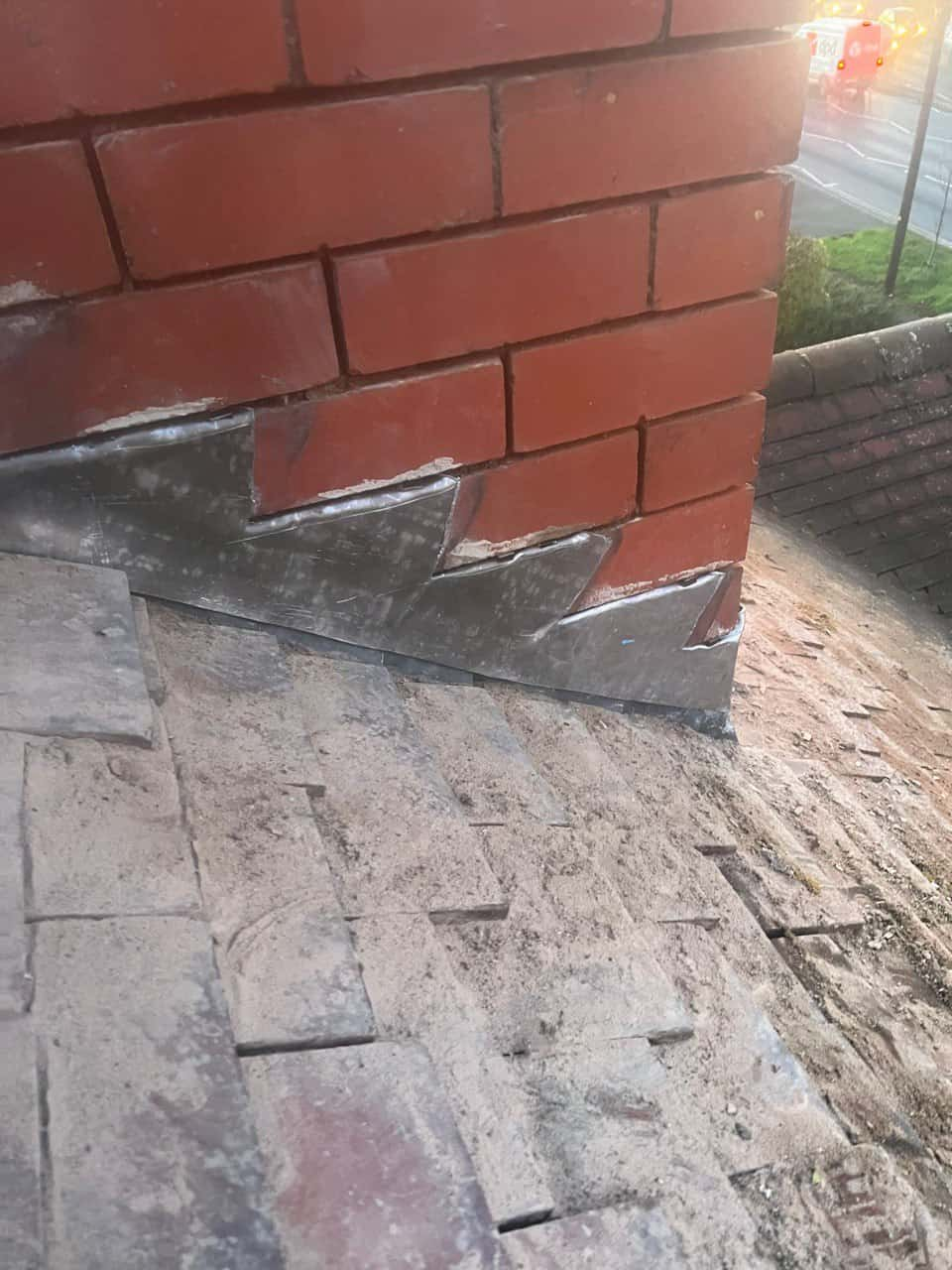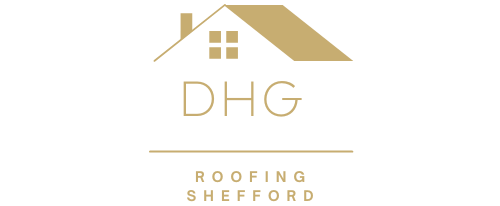Roof Inspection Tools and Equipment: A Comprehensive Guide
Introduction: Regular roof inspections are a crucial part of home maintenance to ensure the longevity and integrity of your roofing system. To conduct thorough and accurate inspections, having the right tools and equipment at your disposal is essential. In this comprehensive guide, DHG Roofing Shefford will introduce you to the essential roof inspection tools and equipment that every homeowner or roofing professional should have.
1. Safety Equipment:
Safety should always be a top priority during roof inspections. Ensure you have the following safety equipment:
- Safety Harness and Lanyard: These prevent falls when working on steep or elevated roofs. They provide a secure anchor point and keep you connected to the structure.
- Roofing Boots: Roofing-specific boots with non-slip soles are essential for maintaining traction and stability on the roof’s surface.
- Hard Hat: Protect your head from potential falling debris or accidents with a hard hat.
- Gloves: Durable gloves with good grip are necessary for handling tools and materials safely.
- Safety Glasses: Protect your eyes from dust, debris, and harsh sunlight.
2. Inspection Tools:
- Ladder: A sturdy ladder with rubberised feet and adjustable height is essential for accessing the roof safely. Ensure it’s positioned on a stable surface.
- Flashlight: A high-quality flashlight with a strong beam is crucial for inspecting the roof’s dark or dimly lit areas, such as attic spaces or shaded sections.
- Binoculars or Telescope: These tools help you inspect the roof’s surface and identify potential issues from a safe distance.
- Camera or Smartphone: Documenting your findings with photos or videos is essential for reference and documentation. Smartphones with high-resolution cameras are often sufficient.
3. Measurement and Assessment Tools:
- Tape Measure: Use a tape measure to assess dimensions and distances, especially when checking roofing materials’ proper spacing and alignment.
- Moisture Meter: A moisture meter can detect hidden leaks or damp areas within the roofing structure, helping to identify water damage.
- Thermographic Camera: Infrared thermography can identify areas with temperature variations, highlighting potential insulation issues or moisture intrusion.
4. Inspection Instruments:
- Roofing Nails or Screws: These can be used to secure loose roofing materials temporarily and mark areas that require attention.
- Roofing Cement or Sealant: Roofing cement can temporarily patch small leaks or seal gaps until repairs can be made.
- Roofing Shingles or Tiles: Having spare roofing shingles or tiles of the same material and colour as your roof can be valuable for quick replacements.
5. Documentation Tools:
- Clipboard and Notepad: These are essential for taking notes and documenting your inspection findings, including photographs and measurements.
- Roof Inspection Checklist: Create or use a checklist to systematically cover all necessary inspection points.
Conclusion: Having the right tools and equipment for roof inspections is essential for ensuring the safety and effectiveness of the process. Whether you’re a homeowner conducting routine inspections or a roofing professional addressing repairs and maintenance, these tools will help you identify issues early and take the necessary steps to protect your roofing system. If you ever need a comprehensive roof inspection or repair assistance, DHG Roofing Shefford is here to provide expert roofing services and solutions.
Call us on: 01462 411 095
Click here to find out more about DHG Roofing Shefford
Click here to complete our contact form and see how we can help with your roofing needs.

